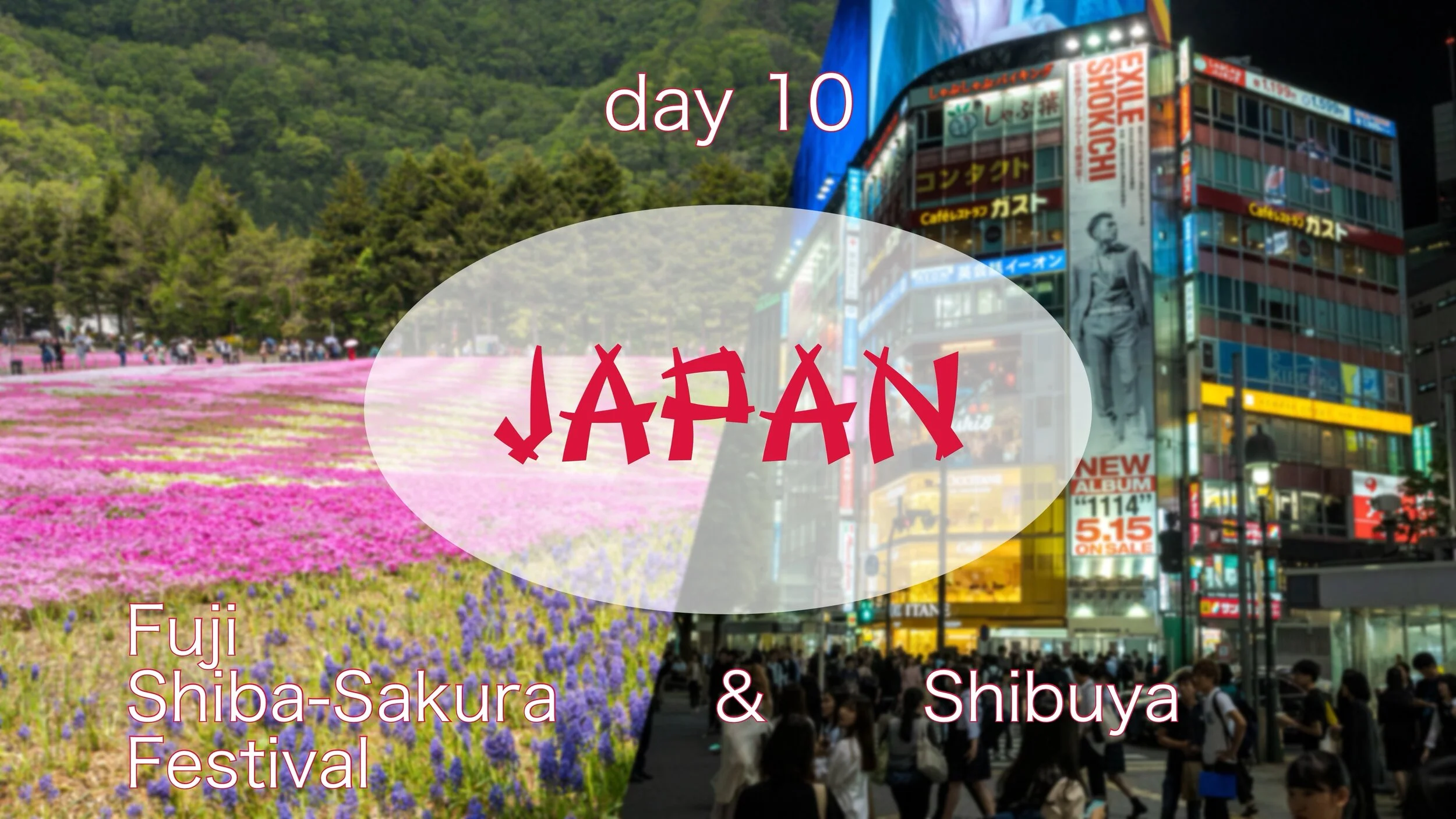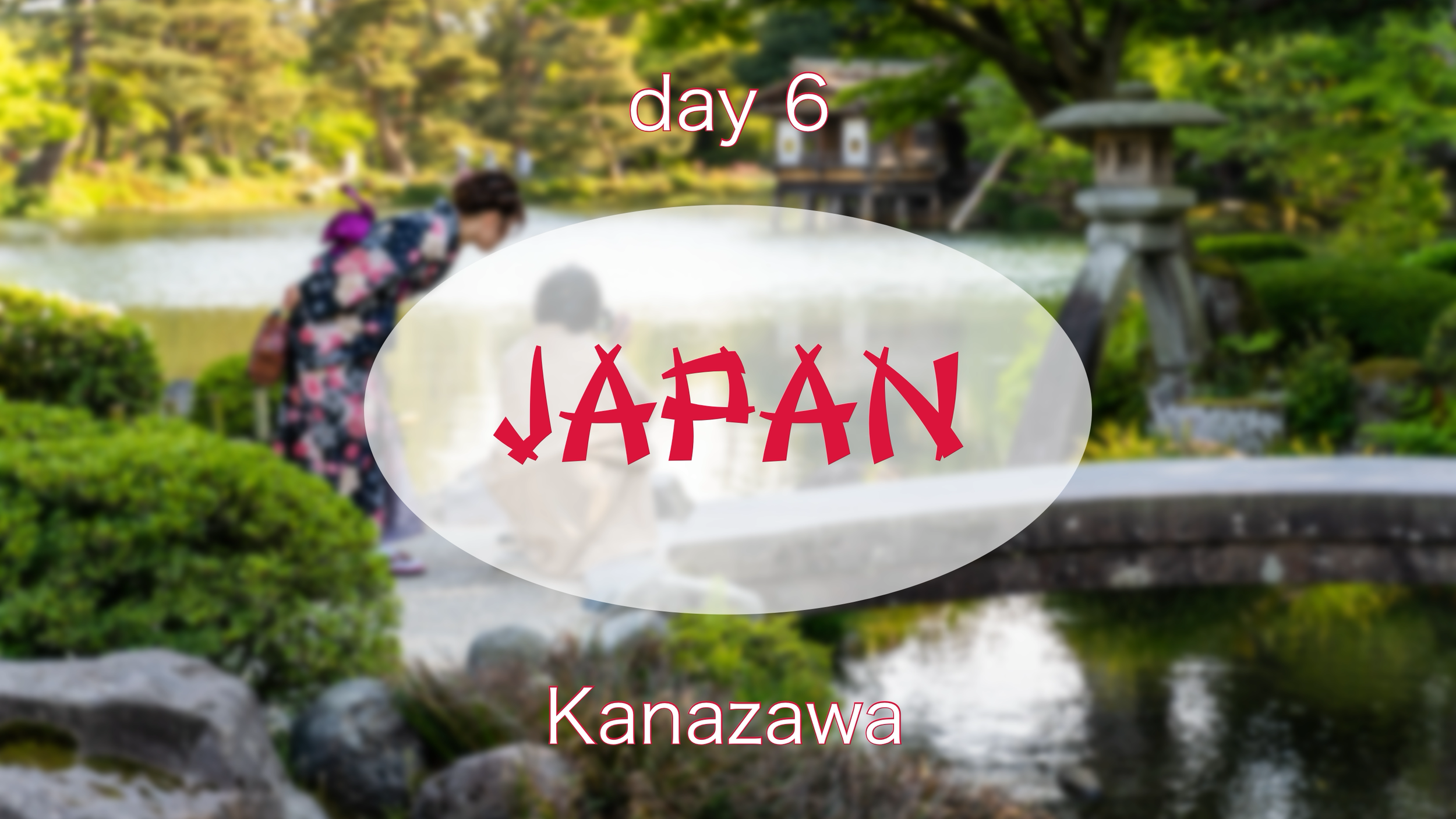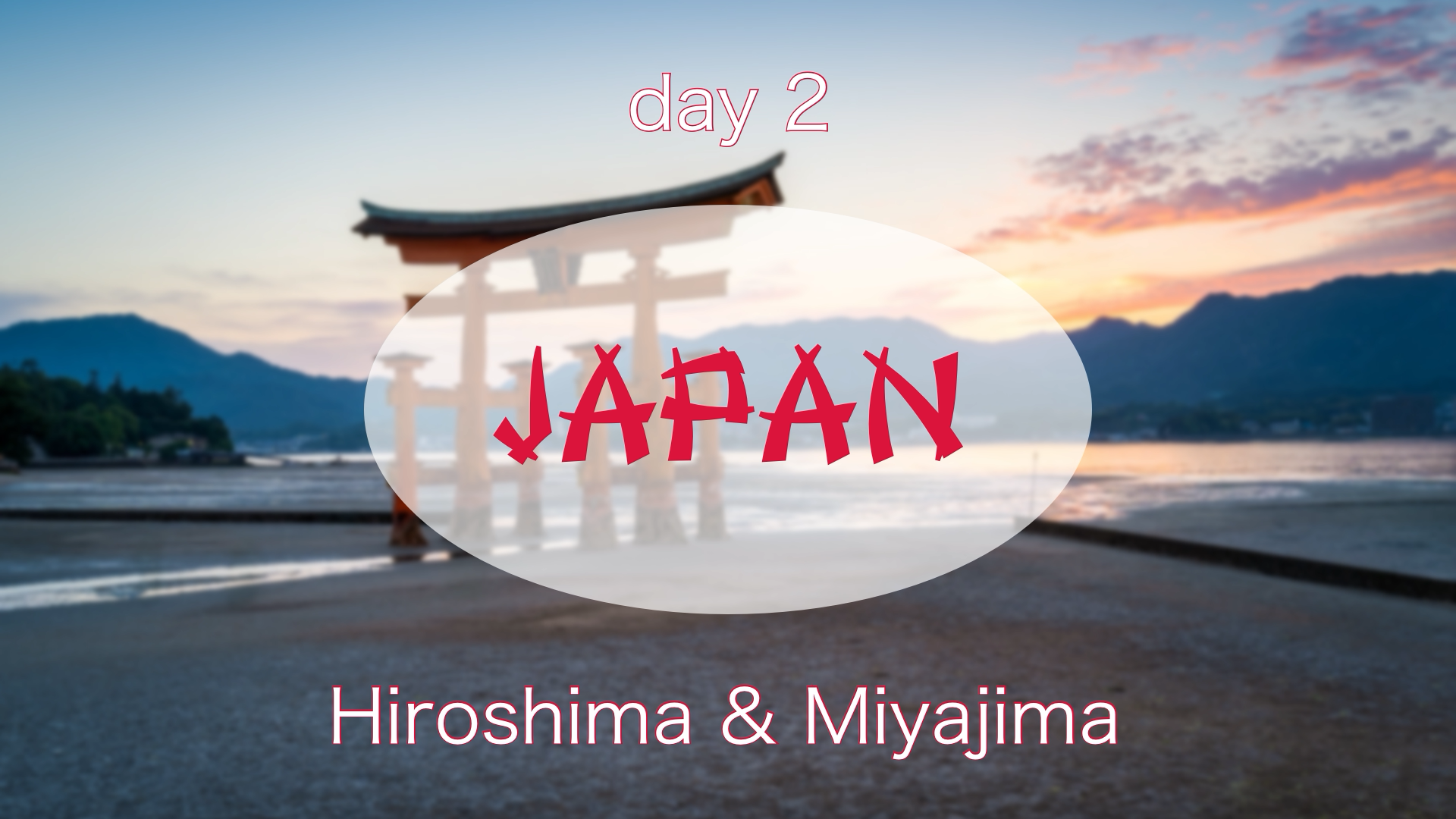Japan
day ten
Well, here we are, the last day of our Japan trip. Tomorrow we head back home to New Caledonia but not before visiting the Fuji Shiba-Sakura Festival located west from the base of Mount Fuji. And for the evening, we head back to Tokyo for a little shopping, to see the world’s busiest crossing for ourselves and the world’s most loyal dog.
We had to get up early to catch the limited express train to Otsuki Station then a local train to Kawaguchiko Station and from there a coach to the festival. About a two and a half hour trip. We used our Japan Rail Passes (JR Pass) for the limited express but couldn’t for the rest of the trip. If I remember correctly, it was about ¥1000 return trip for the local train and ¥1400 return trip for the coach. Well worth the price as we got to see the beautiful snowcapped Mount Fuji from the local train and the festival is just gorgeous. And it’s only on between mid-April and the end of May.
There are food and souvenir stalls as you enter the festival and the first thing you see is a huge pond with fields of pink on the opposite side, just beautiful. These flowers are Moss Phlox and there are eight varieties at the festival. They’re creeper plants and their flowers resemble the Cherry Blossom hence named Lawn-Cherry (Shiba-Sakura) by the Japanese. Of course there are other flowers like Blue Bells and Poppies but the festival is all about the moss phlox.
Well, that’s what I though until I realised too late, that there is a second festival held concurrently, the Mount Fuji Delicious Foods Festival. All the stalls, shops and restaurants at the entrance and at two other locations around the festival, offer traditional and modern meals, treats, sweets and others foods. And all are from the Mount Fuji region. I don’t know why we don’t hear more about this festival.
Now we were a little disappointed with the weather though. The backdrop to these beautiful festivals is the glorious Mount Fuji. We were lucky to see it on the way down but once here, it disappeared. Covered in clouds. What a letdown. The fields of lawn-cherries are so beautiful though we quickly forgot the mountain. We did get to see a cloud-capped Mount Fuji on the way back…
We spent our last evening in Tokyo visiting Shibuya. For a few reasons, last minute shopping, pedestrian crossing and Hachiko. Hachiko is a Japanese Akita dog famous in Japan, and pretty much around the world, for his loyalty and fidelity to his master, Hidesaburo Ueno, who died at work from a cerebral hemorrhage. Hachiko used to wait for his master at Shibuya Station everyday after work and kept coming back after his death until he himself passed away nine years later. An example of loyalty and fidelity in Japanese culture, a statue of Hachiko was erected as a symbol and in remembrance. He is of course remembered in books and movies too. Mostly notably the movie Hachi: A Dog’s Tale with Richard Gere and Joan Allen. We were lucky to see a real Akita whilst at the statue, next to the statue. No footage unfortunately but checkout my blog post for a photo of both.
The Hachiko Statue is situated just at the exit of Shibuya Station and so is Scramble Crossing, the world’s busiest pedestrian crossing. Apparently in peak hour, on a Friday or Saturday evening, there can be up to 3000 people crossing this intersection, at once. Mind-boggling. As I mentioned in my blog post, it’s once everyone is in the middle of the intersection, at almost a standstill avoiding collision, that you doubt you’ll make it to the other side. And we weren’t there at peak hour either. The fun though is watching it all happen from one of many places around the intersection. We were at the first floor of the Starbucks Coffee but there’s also the Occitane Cafe, Mag’s Park, the Shibuya Station footbridge and a couple of others places. It’s one of those thing you just have to see for yourself. Crazy.
Shibuya is well known for it’s shopping and nightlife but is also one of Japan’s fashion hubs for young people. A very lively place and we’re glad we got to see and experience a slice of it.
Well, I’m afraid that’s it my friends, not just for the video but for Japan as well. Last day, last video, I hope you’ve enjoyed them and the blog posts. Though time consuming and a challenge, I really enjoyed making and sharing them. It also gave me the opportunity to relive the trip and share my experience. Thank you and oyasuminasai my friends.








